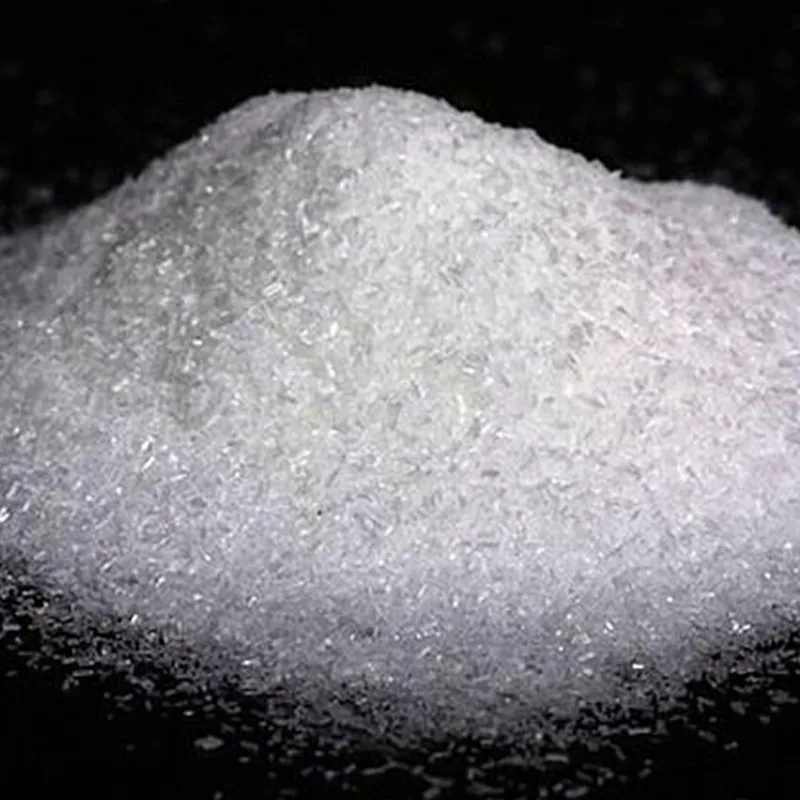
e food additives
Understanding Food Additives Their Role, Types, and Safety
In today's fast-paced world, food additives play a crucial role in the preservation, flavor enhancement, and overall appeal of food products. These substances, which can be natural or synthetic, are added to food for various purposes, including extending shelf life, enhancing flavor and texture, and improving nutritional value. This article aims to provide a comprehensive overview of food additives, their types, uses, and safety considerations.
The Role of Food Additives
Food additives serve multiple essential functions in food production and preparation. One of the primary roles is preservation. Additives like antioxidants and preservatives prevent spoilage and growth of harmful bacteria, thus maintaining food safety and quality over time. As a result, they allow for longer shelf life and reduce food waste, which is crucial in an era where sustainability is increasingly prioritized.
Flavor enhancement is another critical function of food additives. Substances such as flavorings and sweeteners are added to improve taste and aroma, making food more enjoyable for consumers. For example, natural flavors derived from fruits can enhance the sweetness of yogurts or desserts without the need for excessive sugar.
Texture and appearance are also key attributes often modified by food additives. Emulsifiers help mix ingredients that would typically separate, like oil and water, while stabilizers ensure that food maintains its intended consistency. Color additives contribute to the visual appeal of food, making it more attractive to consumers.
Types of Food Additives
Food additives can be classified into various categories based on their functions
. Here are some common types1. Preservatives Substances like sodium benzoate and potassium sorbate are added to prevent spoilage and microbial growth.
e food additives

2. Flavorings These can be natural or artificial compounds that enhance the taste of food. Examples include vanilla extract and artificial sweeteners like aspartame.
3. Color Additives Dyes and pigments are used to improve the color of food products, such as beet juice powder for a natural red hue.
4. Thickeners and Stabilizers Ingredients like xanthan gum or guar gum help maintain texture and prevent separation in products such as salad dressings and sauces.
5. Emulsifiers Mono- and diglycerides are commonly added to help mix oil and water in applications like margarine or mayonnaise.
Safety and Regulation
The safety of food additives is a significant concern for consumers and regulatory agencies alike. In many countries, food additives are strictly regulated. For instance, in the United States, the Food and Drug Administration (FDA) has established a system for assessing the safety of food additives before they can be used in food products. This involves rigorous testing to evaluate their effects on health and potential risks.
Moreover, additives are assigned a Generally Recognized as Safe (GRAS) status when they meet specific safety criteria. Despite this, some individuals may have sensitivities or allergies to certain additives. Therefore, food labeling plays a vital role in informing consumers about the presence of these substances in their food.
Conclusion
Food additives are integral to modern food production and consumption, enhancing flavors, extending shelf life, and improving texture and appearance. While they offer numerous benefits, it is essential to ensure their safety through rigorous regulation. By understanding the role and types of food additives, consumers can make informed choices about their food, paving the way for healthier eating habits in today’s diverse culinary landscape. As technology and research advance, the future of food additives will undoubtedly evolve, promoting food safety and quality while meeting the demands of a growing population.
-
Pure Sodium Dichloroisocyanurate Dihydrate | Powerful DisinfectantNewsAug.29,2025
-
Industrial Chemicals: Quality & Purity for Every IndustryNewsAug.28,2025
-
Nitrile Rubber Honoring Strict Production StandardsNewsAug.22,2025
-
Aspartame Ingredients Honoring Food Safety ValuesNewsAug.22,2025
-
Fertilizer for Balanced Plant NutritionNewsAug.22,2025
-
Cyanide Gold Processing with High Purity AdditivesNewsAug.22,2025
-
Formic Acid in Textile Dyeing ApplicationsNewsAug.22,2025
Hebei Tenger Chemical Technology Co., Ltd. focuses on the chemical industry and is committed to the export service of chemical raw materials.
-

view more DiethanolisopropanolamineIn the ever-growing field of chemical solutions, diethanolisopropanolamine (DEIPA) stands out as a versatile and important compound. Due to its unique chemical structure and properties, DEIPA is of interest to various industries including construction, personal care, and agriculture. -

view more TriisopropanolamineTriisopropanolamine (TIPA) alkanol amine substance, is a kind of alcohol amine compound with amino and alcohol hydroxyl, and because of its molecules contains both amino and hydroxyl. -

view more Tetramethyl Thiuram DisulfideTetramethyl thiuram disulfide, also known as TMTD, is a white to light-yellow powder with a distinct sulfur-like odor. It is soluble in organic solvents such as benzene, acetone, and ethyl acetate, making it highly versatile for use in different formulations. TMTD is known for its excellent vulcanization acceleration properties, which makes it a key ingredient in the production of rubber products. Additionally, it acts as an effective fungicide and bactericide, making it valuable in agricultural applications. Its high purity and stability ensure consistent performance, making it a preferred choice for manufacturers across various industries.





